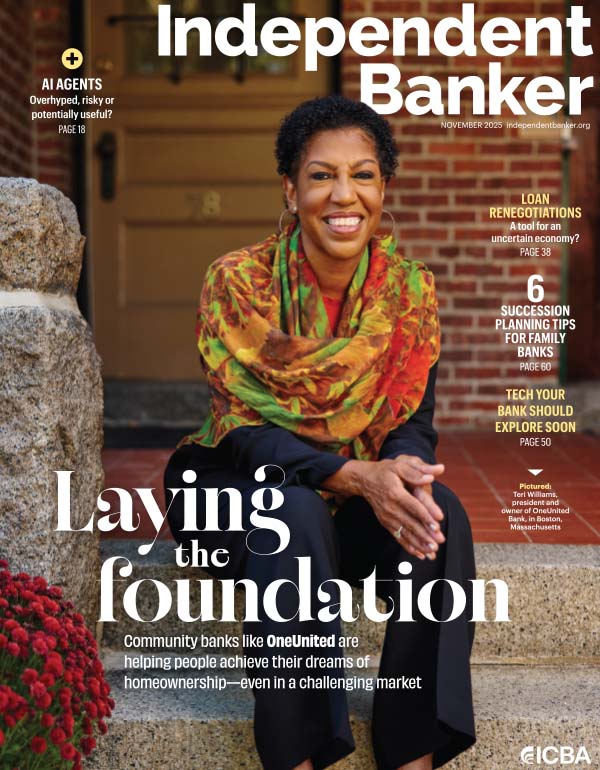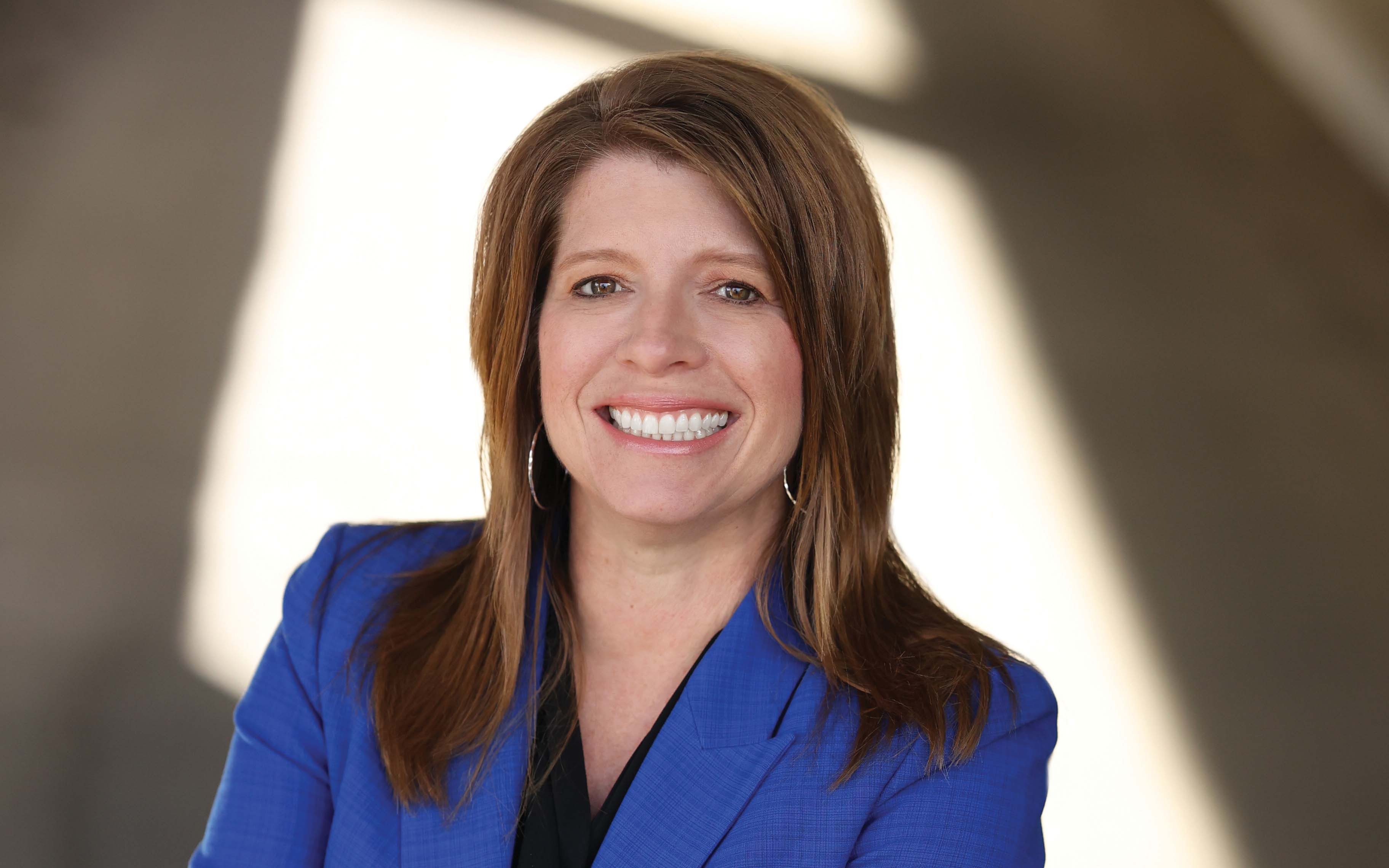It’s easy to become overwhelmed with not just the number of social media platforms out there but also how quickly they change. Which platforms are hot—and not? What are the new features to know about? platforms may even change their names abruptly, as we recently learned when Twitter became X.
The social media landscape shifts “from day to day, and sometimes it feels like hour to hour,” says Ben Pankonin, CEO and cofounder of Social Assurance. It can be a lot.
The good news is that social media networks are used for something community banks are naturally good at: building relationships. Here’s how to pick the best platforms for your bank without trying to chase every shift in the landscape.
Choosing social media platforms
The best place for your community bank to be is where your customers are. “If your audience is primarily on Facebook, that’s where you should be. If they’re primarily on LinkedIn, that’s where you should be,” says Vanessa Hanson, digital and social media engagement director at ICBA.
Most likely, you’ll want to be on more than one platform, because your customers are not a monolith and may be hanging out in different places. “It’s like communicating in different cultures,” says Pankonin. “There are ways that I might say something on one social media channel that I would not say on another.” For example, X is primarily for text-based messages, where Instagram runs on images and video.
Which platforms work, and in which way, will take some time to figure out, and it’s OK to experiment. “You have to find out on your own, through some trial and error,” says Hanson.
“Social media can get to be a gray area, and it’s really helpful to have [the compliance team] be able to step in and offer guidance.”—Hayley Hornberg, Merchants Bank
Keep your eye on the prize
Testing different platforms doesn’t mean trying to be on every single social media platform at the same time, especially as new ones keep springing up.
“We get overwhelmed with fads, but the thing that community banks are really good at is relationships,” says Pankonin. “Sometimes we forget that the social part of social media is really about building relationships.” Instead of putting effort into getting engagement on every single platform, community banks should focus on highlighting those platforms where they know their customers are.

Community banks should also be working closely with their compliance team when it comes to social media, says Hayley Hornberg, digital marketing director at $2.5 billion‑asset Merchants Bank in Winona, Minn. That can put a (rightful!) damper on any trend chasing.
“Social media can get to be a gray area,” she says, “and it’s really helpful to have [the compliance team] be able to step in and offer guidance if you’re looking to post about something specific or wondering if we can use
this particular new feature of a social media tool.”
How to know what to post
Social media networks should help community banks build community, and that also means reflecting your position in the community and your relationship to your customers.
That means, if possible, featuring real people, says Amber Murphy, vice president of marketing at $1.6 billion-asset First Financial Bank in El Dorado, Ark. Her community bank has hired photographers to take pictures of its employees and customers to use for its social media campaigns instead of relying on stock photos. “We try to be as organic as possible,” she adds.
If hiring a photographer isn’t in your budget at the moment, Murphy suggests using stock photos that match your community as closely as possible. “If you’re in a rural community, you don’t want to use something with skyscrapers in the background,” she says.
Community banks are also tailoring their posts based on the audience on each channel. For example, Hornberg says that Merchants Bank might share an educational post in a written format on Facebook where its audience is a bit older. While on Instagram,
the community bank may share that same education in the form of a video or reel because that audience is typically younger and engages more with video content.
Quick Stat
143M
The number of Instagram users in the United States
Source: Statista
How to know which trends are useful
As social media platforms’ popularity continues to ebb and flow, networking with other community banks about social media strategies can be helpful. For example, Hornberg is a member of the #SocialBankers, which is a community of independent bank marketers interested in social media. Hornberg says they often discuss social media trends and concerns through Slack.
Community bankers should also review the analytics of how their posts on various platforms perform, whether that’s through the platforms themselves, a specialist third party like Social Assurance, or your ad agency, if you have one.
It’s also important to keep evaluating what works and what doesn’t. First Financial Bank stopped using X about two years ago because it wasn’t benefiting the bank, Murphy says. Compliance requirements meant it was difficult to get posts approved to share in real time, she says. They also learned that their target audience just wasn’t looking for them there, so they went back to the basics: going where their customers are.
More from ICBA
Marketing Communications Toolkit includes a planning calendar with suggested social media content for the year. icba.org/innovation/tools/tell-your-story






